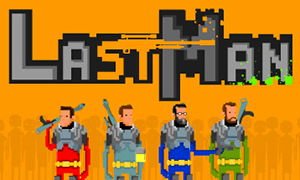
Game design is an intricate and creative field that combines storytelling, technology, and art to create immersive experiences for players. As the gaming industry continues to grow, the demand for skilled game designers has surged. This article delves into the world of game design, exploring its key aspects, challenges, and the impact it has on the entertainment landscape.

A game designer is the creative force behind the development of a game. They are responsible for crafting the game's mechanics, narrative, and overall experience. This involves brainstorming ideas, creating prototypes, and collaborating with other team members, such as artists, programmers, and writers. The role of a game designer is multifaceted, requiring a blend of technical skills, artistic talent, and strong communication abilities.

1. Mechanics: The core gameplay elements that define how players interact with the game. This includes puzzles, combat systems, and progression mechanics. Mechanics must be engaging, intuitive, and fun to play.
2. Storytelling: The narrative that drives the game's plot and characters. A compelling story can make a game more memorable and emotionally resonant with players.
3. Art and Animation: The visual elements that bring the game world to life. This includes character design, environments, and animations. Art and animation play a crucial role in setting the tone and atmosphere of the game.
4. Sound and Music: The audio elements that enhance the player's experience. Sound effects, ambient music, and voice acting can all contribute to the game's immersion and emotional impact.

1. Balancing Fun and Challenge: Designers must strike a balance between making the game enjoyable and ensuring it remains challenging. This can be a delicate task, as too much or too little challenge can lead to player frustration.
2. Managing Scope: With the ever-growing list of features and content, managing the scope of a game project can be challenging. Designers must prioritize and make difficult decisions to ensure the game remains feasible within the given time and budget.
3. Keeping Up with Trends: The gaming industry is constantly evolving, with new technologies and platforms emerging regularly. Designers must stay informed and adapt to these changes to create successful games.

1. Entertainment: Games provide a unique form of entertainment that allows players to explore new worlds, experience different lives, and engage with complex narratives.
2. Education: Educational games can help teach children and adults various subjects, such as history, science, and mathematics, in an engaging and interactive manner.
3. Social Interaction: Multiplayer games can foster social connections, allowing players to collaborate, compete, and communicate with others from around the world.

Game design is a dynamic and rewarding field that requires a combination of creativity, technical skills, and perseverance. As the gaming industry continues to grow, the role of the game designer will become increasingly important. By understanding the key aspects of game design and the challenges involved, aspiring designers can better navigate this exciting and ever-evolving field.

game design, game developer, mechanics, storytelling, art, animation, sound, music, challenges, impact, entertainment, education, social interaction